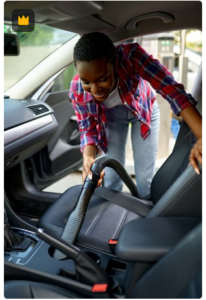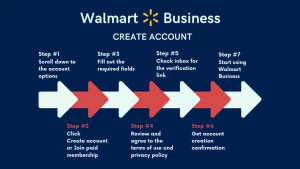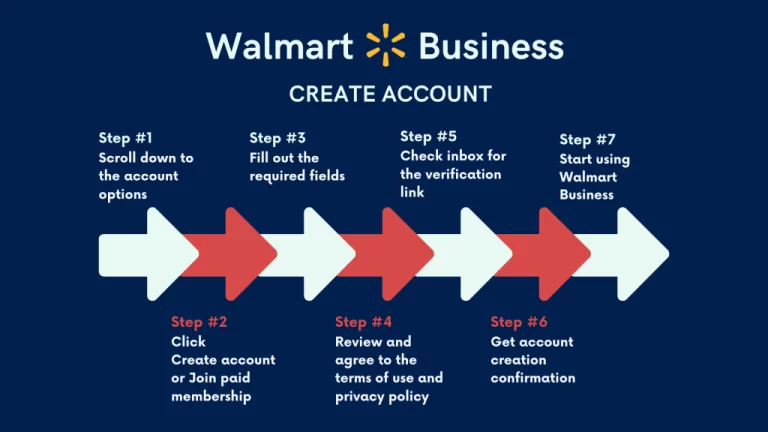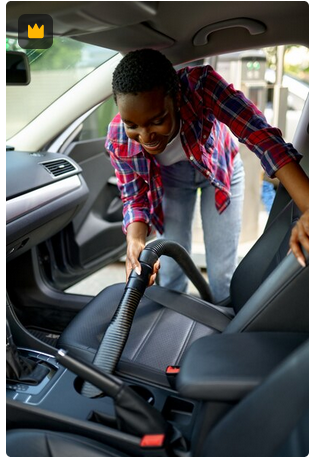Introduction
Car accidents caused by tailgating are a common occurrence on our roads, leading to injuries and even fatalities. Tailgating refers to driving too closely to the vehicle in front of you, leaving little room for reaction time in case of sudden stops or changes in traffic conditions. In this article, we will explore effective strategies and tips to help you avoid car accidents caused by tailgating and promote safer driving habits.
Understanding the Dangers of Tailgating
Tailgating is dangerous for several reasons. Firstly, it reduces the space available for reaction time, making it difficult to stop or maneuver safely in the event of an emergency. Secondly, tailgating increases the likelihood of rear-end collisions, which can cause significant damage to vehicles and result in severe injuries to drivers and passengers. Lastly, it creates a stressful driving environment, leading to aggressive behavior and road rage.
Strategies to Avoid Tailgating
1. Maintain a Safe Following Distance:
- Keep at least a 3-second following distance between your vehicle and the one ahead. This provides sufficient time to react and brake safely.
- In adverse weather conditions or heavy traffic, increase the following distance to 4 or more seconds.
2. Use the Two-Second Rule:
- To determine your following distance, pick a stationary object on the roadside.
- As the vehicle in front of you passes the object, count “one thousand and one, one thousand and two.”
- If you pass the object before you finish counting, you are following too closely.
3. Be Aware of Speed Limits:
- Adhere to posted speed limits and adjust your speed based on traffic, weather, and road conditions.
- Speeding reduces your ability to maintain a safe following distance and increases the risk of tailgating.
4. Avoid Aggressive Driving:
- Refrain from aggressive driving behaviors such as tailgating, frequent lane changes, and excessive speeding.
- Maintain a calm and patient attitude on the road, and be courteous to other drivers.
5. Signal Your Intentions:
- Always use your turn signals to communicate your intentions to other drivers.
- Signaling in advance allows other drivers to anticipate your actions and helps prevent sudden stops or lane changes.
6. Stay Focused and Eliminate Distractions:
- Avoid distractions such as texting, phone calls, eating, or grooming while driving.
- Stay focused on the road and be prepared to react to any changes in traffic conditions.
What to Do If You’re Being Tailgated
1. Remain Calm:
- Avoid getting angry or retaliating against the tailgating driver.
- Stay calm and focused on your own driving.
2. Maintain Your Speed:
- Keep your
speed steady and avoid speeding up or slowing down to provoke the tailgater.
- Changing your speed unexpectedly can lead to dangerous situations.
3. Create More Space:
- If it is safe to do so, change lanes or pull over to let the tailgater pass.
- Creating more space between you and the tailgating vehicle can alleviate the pressure and reduce the risk of an accident.
4. Report Aggressive Drivers:
- If the tailgating persists and poses a threat to your safety, consider reporting the aggressive driver to the appropriate authorities.
- Provide a detailed description of the vehicle and its license plate number, if possible.
Conclusion
Tailgating is a dangerous behavior that significantly increases the risk of car accidents. By implementing the strategies outlined in this article, such as maintaining a safe following distance, being aware of speed limits, and avoiding aggressive driving, you can reduce the chances of being involved in a tailgating-related accident. Remember to stay calm, focused, and always prioritize your safety and the safety of others on the road. Together, we can create a safer driving environment for everyone.











+ There are no comments
Add yours